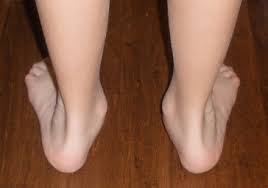
Flexible flatfoot is a common foot condition that affects both children and adults. It is characterized by a flat or low arch of the foot that can be seen when standing or walking. The condition occurs when the arch of the foot does not develop properly during childhood or becomes stretched or weakened over time, causing the foot to flatten out.
Symptoms of flexible flatfoot may include pain or discomfort in the foot or ankle, particularly after standing or walking for extended periods of time. Some people may also experience muscle cramps or stiffness in the foot or leg.
In most cases, flexible flatfoot does not require treatment, as the condition does not typically cause significant pain or functional impairment. However, if symptoms are severe or affecting quality of life, treatment options may include:
- Foot exercises: Stretching and strengthening exercises can help to improve foot and ankle function and reduce pain or discomfort.
- Orthotic devices: Custom-made shoe inserts or arch supports can provide additional support to the foot and help to improve foot posture.
- Physical therapy: Physical therapy can help to improve foot and ankle strength and flexibility, and may also include manual therapy or massage.
- Medications: Over-the-counter pain medications, such as acetaminophen or ibuprofen, may be helpful in managing pain or inflammation associated with flexible flatfoot.
In rare cases, surgery may be necessary to correct a severely flat foot or to address underlying structural abnormalities. However, most people with flexible flatfoot can manage their symptoms with conservative measures and continue to lead active, healthy lives.
